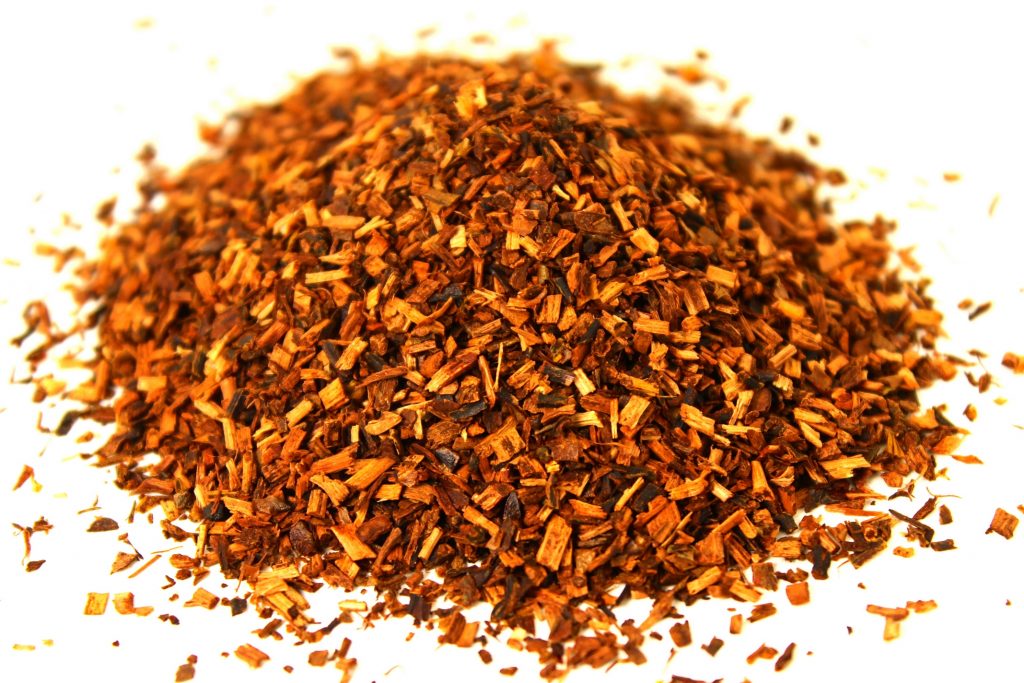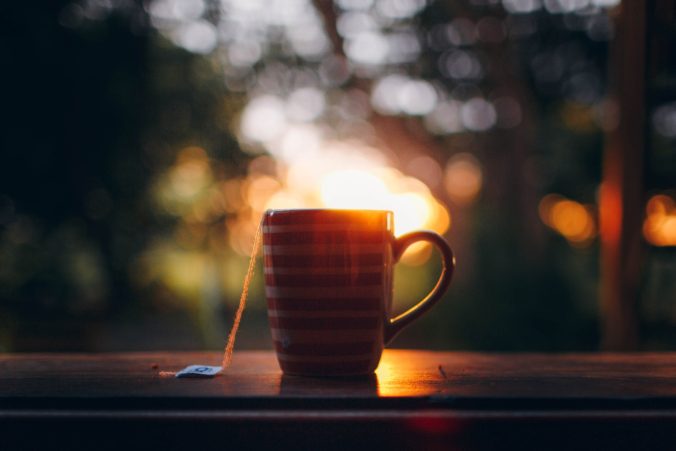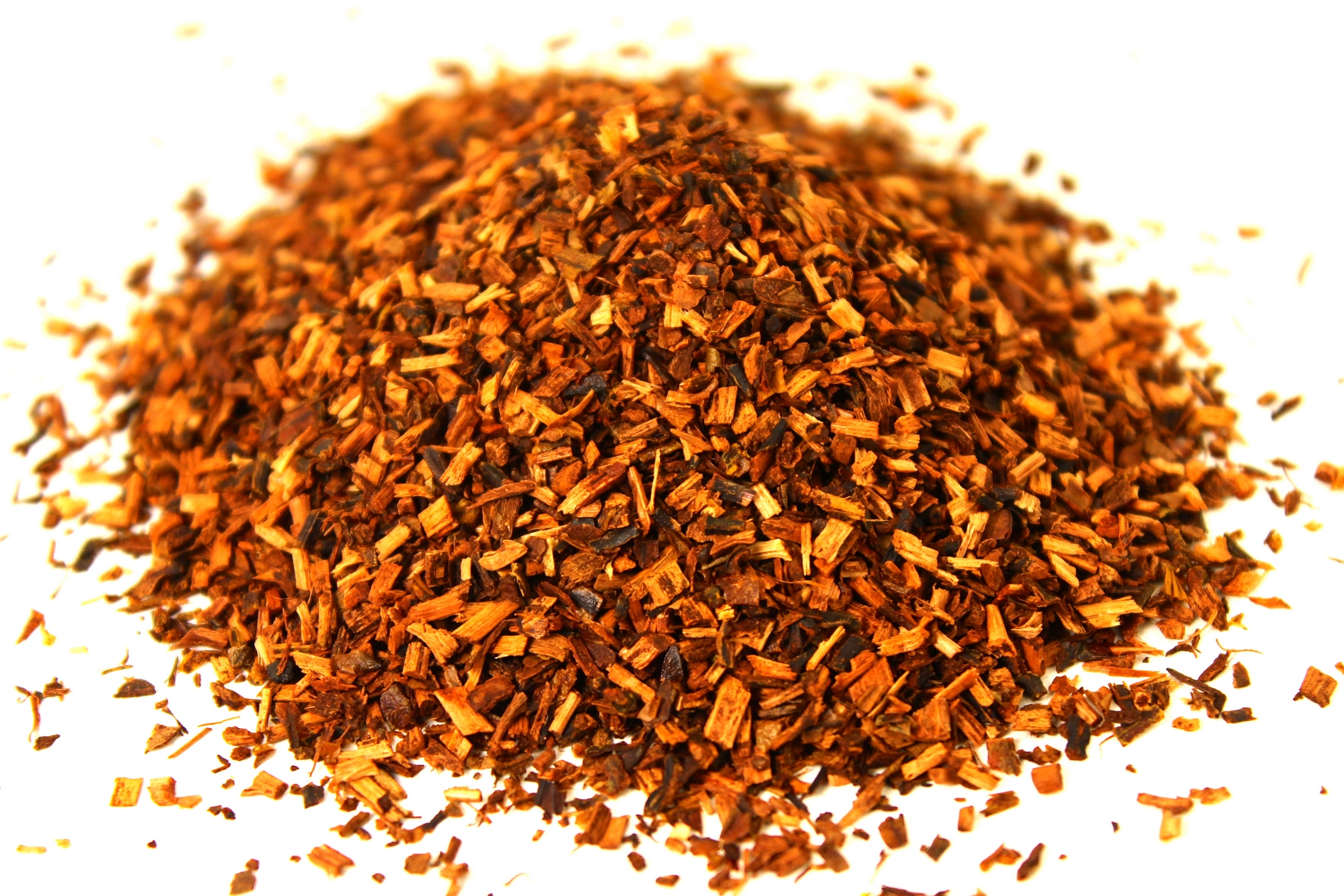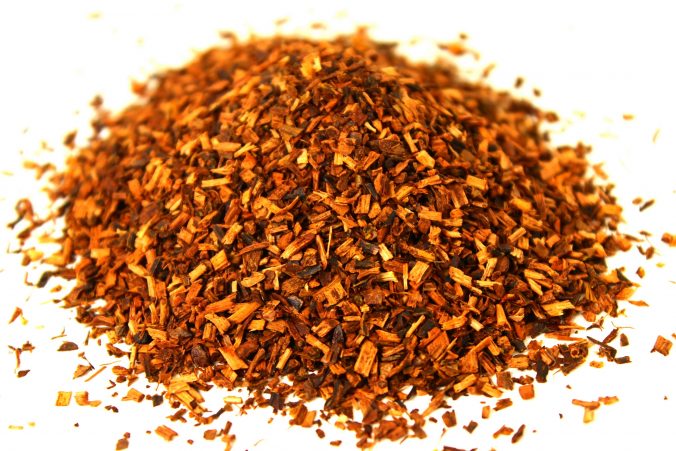Table of Contents
Introduction to HoneyBush
By reading this I will assume you have found honeybush, or you haven’t yet and if that is the case you might want to read: Honeybush Tea
If you have read that, have an idea about what honeybush is all about, or are just looking to brew your new mix up then just keep on reading.

So honeybush is not a tea, check. Honeybush is the cousin of rooibos, check. And honeybush tastes great, check! All these things are true, and to get your cup of honeybush going all you need to do is figure out how to brew your honeybush perfectly.
At its basic level brewing tea, or a tisane/herbal mix, is a pretty easy thing. In theory you just need to put some hot water in with something else, let it sit and drink. Sounds pretty easy right?
I don’t want to sound like it isn’t easy once you know why you are doing things, so it is important to come back to the 3 main things that will be the major factors when you brew your honeybush drink up and they are quality of honeybush, temperature of water, and steeping time. Just keep on reading and you will have all the information you need on how to brew honeybush perfectly every time.
How to brew HoneyBush
The first thing you will want to do is to start with great honeybush.
About 1 tsp per 8 oz of water should be enough, but experiment with how strong you like it and adjust the amount accordingly.
So you have great honeybush now and you need to get your clean water hot. The nice thing about honeybush is that tastes great with water at around 200°F or (93°C). As you can see it is pretty close to the boiling point of water, so just plug in your kettle or whatever you use to heat the water and just before it comes to a boil take it off the heat and combine it in your mug or teapot. If the water boils, no big deal just remove it from heat and give it a couple seconds to cool down.
Brew time for HoneyBush
So you have your honeybush, you have your perfectly heated clean water, and now you just need to let it steep. This will probably be the hardest part of all your honeybush journey as it requires patience. With honeybush, because it is not actually coming from the tea plant Camellia sinensis, you can let it steep for a lot longer than you would usually steep a traditional tea.
Due to its origins and makeup the honeybush brews generally don’t have the bitterness that comes when you steep tea for too long. O if you are looking for a steeping time, the general consensus is that between 5-10 minutes is best for honeybush. As you will notice there is a pretty big time frame for the perfect cup, so try it out at different times and see what you enjoy the most.
Conclusion
Honeybush is a great option if you are looking for a drink before bed as there is no caffeine in it, and it has a nice unique taste. So if you are looking for a new drink give it a try.



